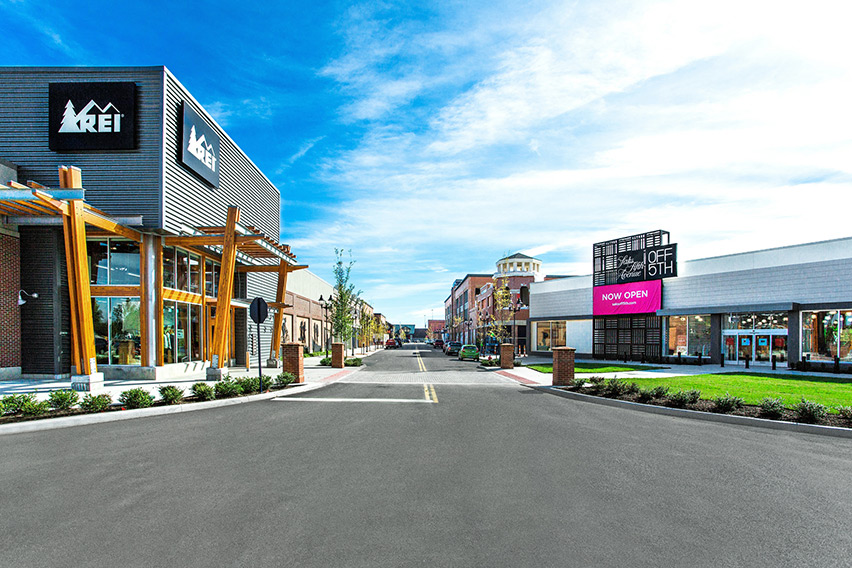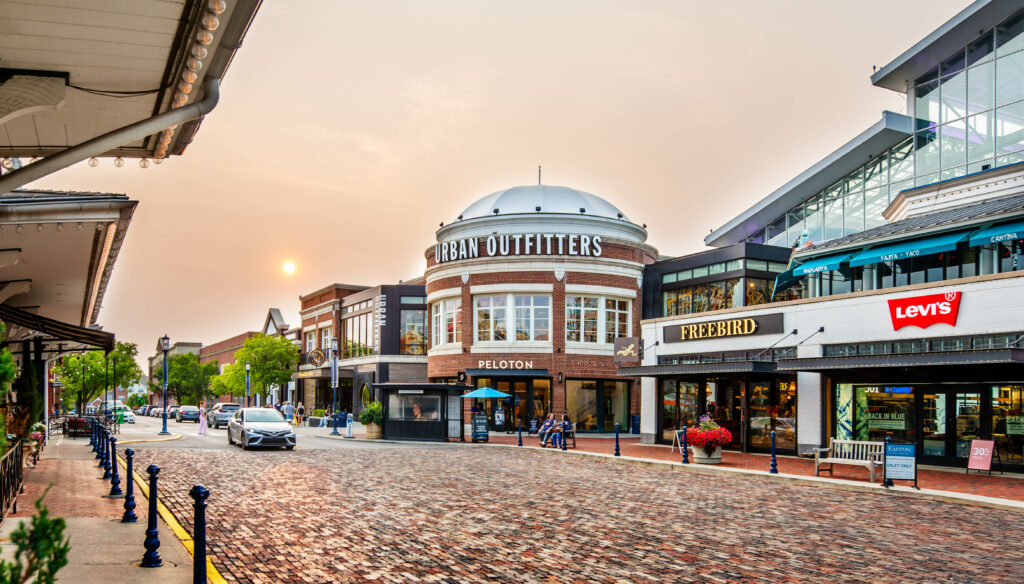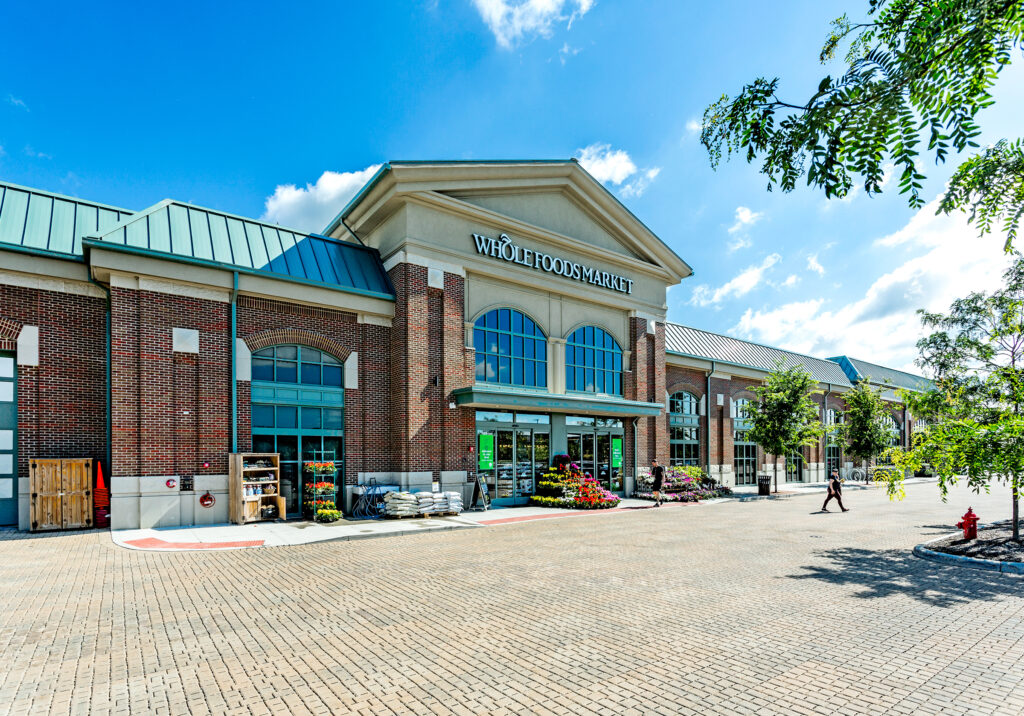Jason Baker & Dave Cheatham, Chain Store Age
May 02, 2014
Toward the end of 2008, it became painstakingly obvious to retailers that impulse spending was out and frugal saving was in. Faced with an imminent recession, staggering job loss and quickly depleting discretionary and savings accounts, consumers began to shift their focus to value. The impact of such a large-scale economic event and an abrupt consumer focus shift would appear to alter the fundamental realities of retail.
As the recession slowly becomes a fading memory, consumers have grown accustomed to getting good deals, and, fundamentally, customer expectations and priorities have shifted. Any stigma associated with discount retail in the past has evaporated. Today, it is the opposite: Looking for a bargain has become cool. Even the meaning of the word discount is changing. Discount has become value. Everyone and everything is shifting in favor of value, looking for ways to get value into new spaces and in front of more customers.
Not surprisingly, no category of retail has been as profoundly transformed by this shift as discounters. What was once an afterthought in the retail segment, discount retail has rapidly gained acceptance and validity in the industry, becoming a sought-after entity by landlords and shopping centers and finding co-tenancy alongside prominent retailers.
A shift in perception
Over the past few years, many major changes in retail have occurred — big brand names went out of business, and there was a tremendous amount of consolidation seen throughout the industry as downsizing or rightsizing became a common theme. As the recession continued and the importance of value increased among consumers, discount value brands made up the majority of retailers that were expanding. To compete, everyone from luxury and upscale names like Neiman Marcus and Polo, to established discount brands like Kmart, began looking to capitalize on these changes by promoting their own new and existing discount concepts.
The influence that the perception shift in value shopping has had on the industry is perhaps most evident from the shopping center tenant mix we’re seeing today — the retailers that were previously discouraged from occupying certain spaces through the use of covenants and leasing restrictions are now fully accepted into the mix. At Easton Gateway in Columbus, Ohio, for example, Dick’s Sporting Goods, Whole Foods and REI coexist happily with Saks Fifth Avenue’s discount spin-off Saks OFF Fifth. The change has been so dramatic that it has gone from some developers and landlords actively avoiding discount retailers to now actively seeking them out.
The omnichannel significance
The increasingly complex and demanding nature of retail today is also a very important, but not as obvious, aspect within the story of discount retail’s reinvention. Retailers that are finding success today are deploying cohesive, strategic execution across multiple shopping channels, such as mobile, digital, brick-and-mortar, direct mail and TV to drive value to the customer.
While it’s difficult to determine the results of some of these channels, it is obvious that there is a lot of money to be made in the discount segment of retail, and high-end retailers have taken notice. Polo, Nordstrom and Saks Fifth have always had discount spin-offs, but these retailers are no longer simply using their outlet stores as a way to dispose of unsalable goods — they are actually hiring buyers for those stores as well. Nordstrom Rack is one prominent example of a store that was once little more than a “clearance store,” but today is really just another retail channel.
Ultimately, observing and experiencing the visible and positive effects that an omnichannel approach can bring, developers, investors and retailers have discovered that discount retail is actually just another important channel to consider in appealing to a broader range of consumers.
The new face of discount retailers
What discount retailers look like today — and where they can be found — is strikingly different than just a few short years ago. While it would be a mistake to make sweeping generalizations about this diverse segment (Nordstrom Rack is quite different from Goodwill, for example), one thing that retail analysts and observers can say with confidence is that 2014 will likely see new and exciting chapters written in the continuing story of retail’s reinvention.
However, with so many preconceptions swept away, and retailers and consumers alike coming up with their own definition of value, there is a compelling case to be made that it’s hard to truly differentiate who is a discounter anymore — it has become just one more value-add retail channel in order to compete in a complete market.
Jason Baker is a principal at Houston-based retail brokerage firm, Baker Katz. Dave Cheatham is the president at Phoenix-based Velocity Retail Group. Baker and Cheatham are partners of X Team International, an alliance of retail real estate specialist with locations in the United States, Canada and Europe.
Read the online version here.






